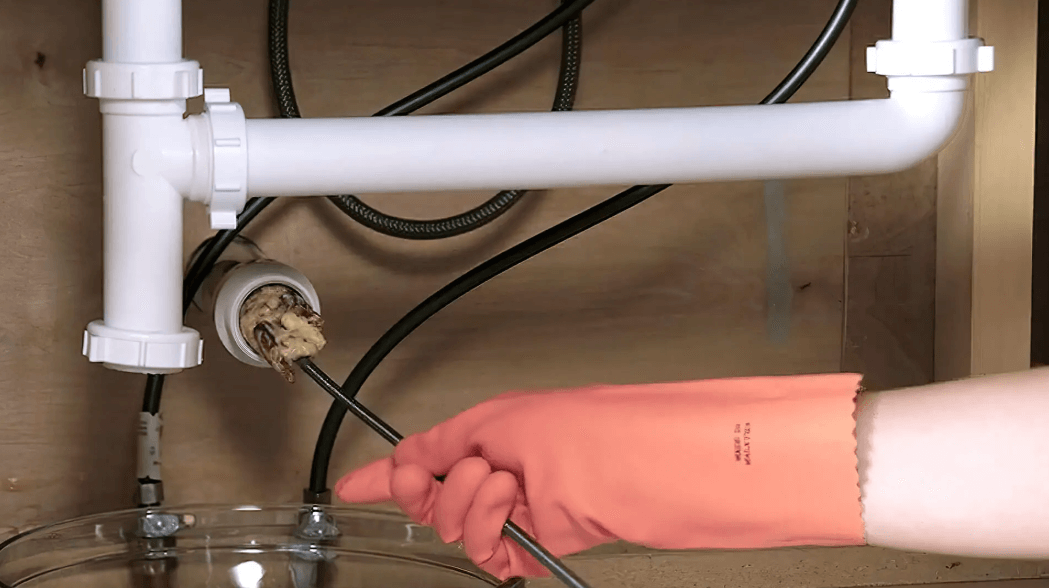Paper wastage is an issue for both businesses and the environment. However, while it may be merely a matter of financial losses in the business world, to the environment, it is something much drier and possibly even irreversible.
According to the E.O. Lawrence Berkeley National Laboratory, people in the U.S. alone go through roughly 4 million tons of paper per year, with offices being accountable for a great deal of it. On average, American office workers use 10,000 sheets of paper annually.
And besides the wastage of actual paper, there are also indirect harms that stem from it, such as the need for extra ink – the production of a single ink cartridge leads to the emission of 8 kgs of CO2 in the atmosphere.
A big step toward a greener future was the Paris agreement that was signed by over 200 countries. Here are a few things you can do to follow it.

Think Twice Before You Print
You can do countless digital edits, but once a document is in print form, there’s no more room for corrections. Print only once you’ve really made sure you’re looking at the final version of the document. Don’t get carried away by how easy it is to press “Print.”
Make a point of proofreading large documents in particular. Even a small mistake or two can alter the entire structure and sequence of the content, leaving you no choice but to reprint everything.
Double-Sided Printing
Unless it’s an official document with legal value or a document that’s meant for a professional pitch to a client, printing only on one side of the paper is a ridiculous waste. It’s like eating half a pizza and throwing out the rest. All office printers should be set to print on both sides of the paper.
Fit More on Every Page
It may seem insignificant, but consistently not making the most of every page amounts to lots of wasted paper. There’s a myriad of little, easy tweaks you can do to fit more on a single page.
For example, you can reduce font size, margins, space between line, and the space for footers and headers. Of course, make sure it’s readable before you print or otherwise your good intentions will backfire.
Another thing you should do is use the “Fit to Page” feature on Microsoft Excel.
Reuse Scrap Paper
Sometimes, there’s no substitute for pen-on-paper action, especially in the creative lines of work during the ideating phases. Taking notes also tends to feel more natural on paper.
Surely, there is all kinds of scraps of paper lying around your office you can use for that, including used documents that mistakenly have printing only on one side. An extra step you can take is delegating a specific trash can or tray for such paper.
Less Labels
Labels and stamps are very easy to miss when thinking about paper wastage, but they are paper, too, with contents that can easily be printed on envelopes instead.
Recycling
Recycling paper is an indispensable part of reducing paper wastage. There have to be recycling schemes in place which all employees are trained to follow.
And recycling doesn’t end with discarding of your own paper. You should also make it a company policy to purchase recycled paper – at least 30 percent recycled content for uncoated paper or 10 percent for coated, if possible.
No Individual Bins
A nice trick that hasn’t gained enough popularity is eliminating individual bins. Collective bins which employees have to walk to gets them thinking about everything they throw away.
Unsubscribe to Junk Mail
Chances are your office is subscribed to a bunch of mailing lists that swarm you with magazines, advertisements, brochures, etc. which you never have time for. Even though the paper hasn’t been used by you, it’s been used for you, which means your office is still accountable for it.
Make it Official
Don’t just expect your employees to remember to save paper. Maybe some will, sometimes, and that simply doesn’t cut it. It’s your job to get them to remember – everyone, at all times.
Don’t just mention saving paper as a passing remark and expect it to sink in. You need to make it company policy, and violating it has to be subject to disciplinary action. It may seem a bit too much sometimes, but that’s what radical change takes.
Educate
An effective way to put paper wastage into perspective is to hold the occasional seminar/presentation. This will actually get employees invested in the cause instead of merely following orders. Even better, they might feel enticed to pass the word on.
Go Digital
In today’s digital age, saving paper is easier than ever. You don’t even have to try a lot of the time. Apps and elegant online services like Faxburner, which lets you fax from virtually anywhere without a fax machine, make saving paper, time, and money a breeze.
You can use email and various kinds of project management software for memos, announcements, and all other types of internal communication, streamlining your operation anyway. Communication with clients can easily be done without any paper whatsoever.
All billing and invoicing can be done online. Signing papers can be done with electronic signatures. Storing documents is much safer and easier online, with encrypted passwords protecting your data, and neat files keeping it organized.
It may be hard to imagine a single paper as a threat to the environment. But accumulation is at the core of all catastrophes, in both the business and the natural world.




